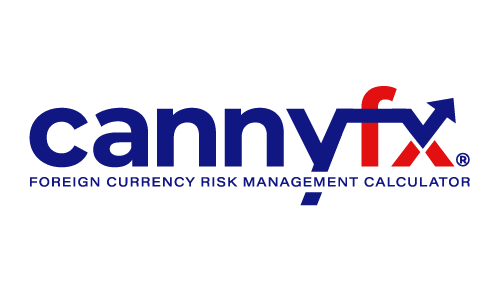Accounting AASB121/IAS21
IAS21 —
Effects of Changes in Foreign
Exchange Rates
Overview
IAS21
The Effects of Changes in Foreign Exchange Rates….
outlines how to account for foreign currency transactions and operations in financial statements, and also how to translate financial statements into a presentation currency. An entity is required to determine a functional/base currency (for each of its operations if necessary) based on the primary economic environment in which it operates and generally records foreign currency transactions using the spot conversion rate to that functional currency on the date of the transaction.
Foreign currency transactions
A foreign currency transaction should be recorded initially at the rate of exchange at the date of the transaction (use of averages is permitted if they are a reasonable approximation of actual). At each subsequent balance sheet date:
- foreign currency monetary amounts should be reported using the closing rate
- non-monetary items carried at historical cost should be reported using the exchange rate at the date of the transaction
- non-monetary items carried at fair value should be reported at the rate that existed when the fair values were determined
Exchange differences arising when monetary items are settled or when monetary items are translated at rates different from those at which they were translated when initially recognized or in previous financial statements are reported in profit or loss in the period, with one exception. The exception is that exchange differences arising on monetary items that form part of the reporting entity's net investment in a foreign operation are recognized, in the consolidated financial statements that include the foreign operation, in other comprehensive income; they will be recognized in profit or loss on disposal of the net investment.
Basic steps for translating foreign currency amounts into the functional/base currency
Steps apply to a stand-alone entity, an entity with foreign operations (such as a parent with foreign subsidiaries), or a foreign operation (such as a foreign subsidiary or branch).
- the reporting entity determines its functional/base currency
- the entity translates all foreign currency items into its functional/base currency
- the entity reports the effects of such translation in accordance with paragraphs 20-37 [reporting foreign currency transactions in the functional/base currency] and 50 [reporting the tax effects of exchange differences].
Translation from the functional/base currency to the presentation currency
The results and financial position of an entity whose functional/base currency is not the currency of a hyperinflationary economy are translated into a different presentation currency using the following procedures:
- assets and liabilities for each balance sheet presented (including comparatives) are translated at the closing rate at the date of that balance sheet. This would include any goodwill arising on the acquisition of a foreign operation and any fair value adjustments to the carrying amounts of assets and liabilities arising on the acquisition of that foreign operation are treated as part of the assets and liabilities of the foreign operation;
- income and expenses for each income statement (including comparatives) are translated at exchange rates at the dates of the transactions; and
- all resulting exchange differences are recognized in other comprehensive income.

